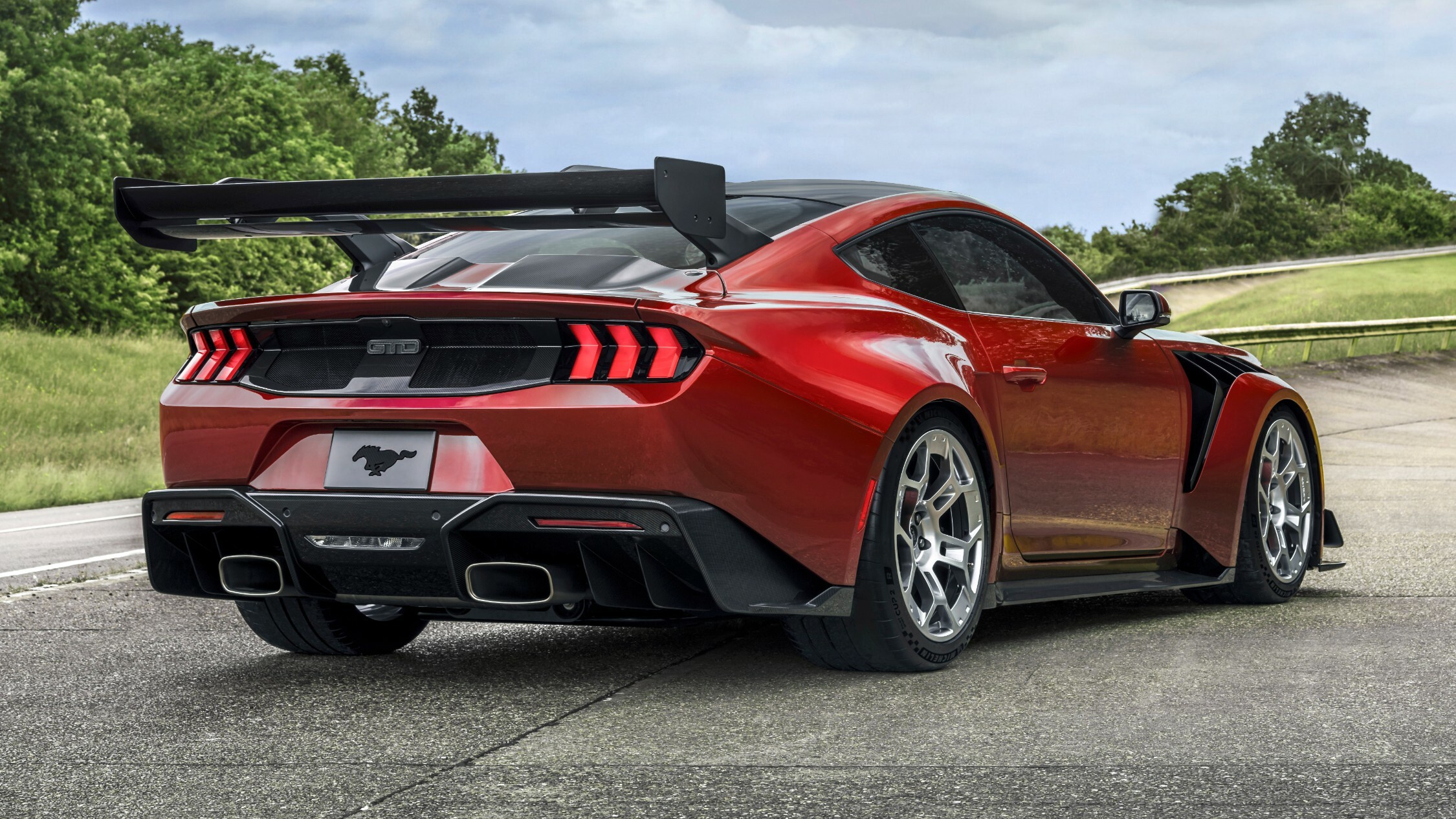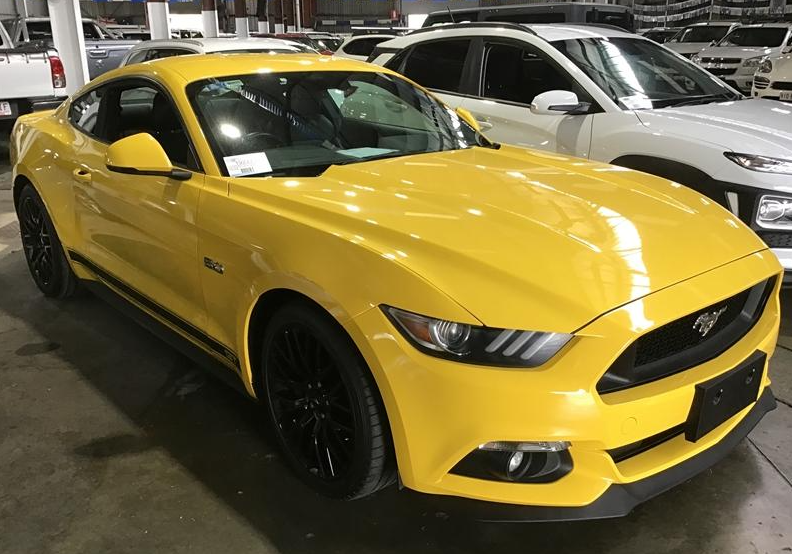How to charge Mustang Mach-E: Charge it at home with a 120V (Level 1) for slow charging or a 240V outlet (Level 2) for faster charging. DC fast chargers and Tesla Superchargers are also options for quick charging.
The Ford Mustang Mach-E is one of the most innovative and exciting electric vehicles (EVs) on the market today. With its sleek design, impressive performance, and cutting-edge technology, the Mach-E offers a thrilling driving experience. However, like all electric vehicles, knowing how to properly charge the Mach-E is crucial to ensuring you get the most out of it.
Charging the Mach-E might seem intimidating at first, especially if you’re new to electric vehicles. This comprehensive guide will walk you through everything you need to know about how to charge your Mustang Mach-E, including the different charging methods, their pros and cons, and some tips to ensure your car stays powered up for your daily adventures.
Contents
How to Charge Mustang Mach E
Charging the Mustang Mach-E can be done through several methods, depending on your needs and the available infrastructure. Here are the some ways to charge the Mach-E:
Charging the Mustang Mach-E at Home
Charging at home is the most convenient and economical option for most Mustang Mach-E owners. Depending on your needs, you can choose between Level 1 (standard 120V outlet) and Level 2 (240V outlet) charging. Below, we will explore both options in detail.
Level 1 Charging (120V)
Level 1 charging uses a standard 120V household outlet. This is the most basic and widely available charging option, but it’s also the slowest. It doesn’t require any special installation, so all you need is your regular home outlet.
- Average Range Added: About 3 miles of range per hour of charging.
- Full Charge Time: It can take anywhere from 24 to 48 hours for a full charge, depending on the state of charge and the vehicle model.
- Ideal For: This option is best suited for those who have low daily driving distances and don’t mind waiting overnight for a full charge.
Pros:
- Very easy to set up with no additional equipment needed.
- You can use it anywhere a standard electrical outlet is available.
Cons:
- Slow charging speed means it’s not practical for regular long-distance driving or fast turnaround between uses.
Level 2 Charging (240V)
Level 2 charging uses a 240V outlet, which is typically installed by a licensed electrician. This charging option is much faster than Level 1 and is ideal for regular daily use. Many Mach-E owners choose to install a Level 2 charger at home to ensure they can quickly and efficiently charge their vehicle overnight.
- Average Range Added: 20-30 miles per hour of charging, depending on the charger and vehicle model.
- Full Charge Time: 6-10 hours, making it ideal for overnight charging.
- Ideal For: Daily commuters or anyone who needs a quick and efficient way to charge their Mach-E at home.
Pros:
- Fast charging compared to Level 1, allowing you to fully charge your vehicle overnight.
- Can be installed at home, so you can charge whenever it’s convenient for you.
Cons:
- Requires installation by a licensed electrician, which may come with an upfront cost.
- Limited to locations with a 240V outlet.
Public Charging Stations for the Mustang Mach-E
While charging at home is convenient, there will be times when you need to charge on the go. Fortunately, there are many public charging stations available, including DC fast chargers and Tesla Superchargers, which allow you to quickly add miles to your Mach-E’s battery.
DC Fast Charging
DC fast charging is the fastest public charging option available for electric vehicles, including the Ford Mustang Mach-E. DC fast chargers can charge the Mach-E much faster than Level 2 chargers, making them ideal for long trips or if you’re in a hurry.
- Charging Speed: Up to 150 kW, depending on the station and vehicle model.
- Average Range Added: 60-80 miles in just 10 minutes of charging.
- Charging Time: 30-45 minutes to charge from 10% to 80%, depending on the charger’s power.
Pros:
- Rapid charging, which allows you to get back on the road quickly.
- Widely available in urban areas and along highways for long-distance travel.
Cons:
- Limited availability in some areas, especially rural or less developed regions.
- Not as convenient for daily use, as these stations are typically located in public spaces, and you may need to wait to use them.
Tesla Superchargers (With Adapter)
Ford has partnered with Tesla to allow Mustang Mach-E owners to use Tesla’s Supercharger network, which is one of the largest and fastest charging networks in the world. To use a Tesla Supercharger, you’ll need a CCS1-to-Tesla adapter.
- Charging Speed: Up to 250 kW (depending on the station and Mach-E model).
- Charging Time: Approximately 30-45 minutes for a 10% to 80% charge.
- Requirements: CCS1-to-Tesla adapter and FordPass app.
Pros:
- One of the fastest charging options available.
- Tesla Supercharger stations are widespread, making them a convenient option for long-distance travelers.
Cons:
- Requires purchasing a separate adapter.
- Supercharger stations can sometimes be busy, requiring you to wait.
Using the FordPass App to Manage Charging
The FordPass app is a powerful tool that allows you to remotely manage and monitor the Mach-E’s charging. With the app, you can:
- Monitor Charging Status: See the real-time charging progress and get notifications when the car is fully charged.
- Schedule Charging: Set specific times to charge the car, such as during off-peak hours when electricity rates are lower.
- Locate Charging Stations: Find nearby public charging stations and check their availability.
The app also lets you control other vehicle functions, like remotely starting the car and checking its battery health. It’s a convenient way to ensure you’re always prepared for the next trip.
Best Practices for Charging and Maintaining Battery Health
To maximize the lifespan and efficiency of the Mach-E’s battery, it’s important to follow a few best practices when charging:
- Keep the Battery Between 20% and 80%: Avoid constantly charging the battery to 100% or allowing it to drop below 20%, as these extremes can degrade the battery over time.
- Avoid Frequent Full Charges: Full charges should be reserved for long trips. Regularly charging to 100% can shorten the lifespan of the battery.
- Use the FordPass App: Use the app to schedule charging at off-peak hours, taking advantage of lower electricity rates and reducing strain on the grid.
- Consider Temperature: Extreme temperatures, both hot and cold, can affect charging efficiency. If possible, park the Mach-E in a shaded area or garage to avoid temperature extremes.
Frequently Asked Questions
Here are some FAQs about charging Mustang Mach E –
Can I charge my Mach-E using a regular 110V outlet?
Yes, you can charge the Mach-E using a standard 110V outlet, but the charging speed will be very slow. It is best suited for emergency charging or low daily mileage.
How long does it take to fully charge the Mustang Mach-E using a Level 2 charger?
Using a Level 2 charger, it typically takes 6-10 hours to fully charge the Mach-E, making it ideal for overnight charging.
What is the fastest way to charge my Mustang Mach-E?
DC fast charging is the fastest option and can charge your Mach-E from 10% to 80% in about 30-45 minutes.
Can I use Tesla Superchargers to charge my Mach-E?
Yes, with a CCS1-to-Tesla adapter, you can use Tesla’s Supercharger network for fast charging.
Is it safe to charge my Mach-E overnight?
Yes, it is perfectly safe to charge your Mach-E overnight, especially when using a Level 2 charger. It’s a common and convenient way to keep your vehicle ready for the next day.
Conclusion
Charging the Ford Mustang Mach-E is an easy process if you know the different charging methods. Whether you’re charging at home using a Level 1 or Level 2 charger, or on the go with DC fast chargers or Tesla Superchargers, you’ll find plenty of options to keep your EV powered up and ready for the road.
By following the best practices for battery health and using the FordPass app to manage your charging sessions, you can ensure your Mach-E remains in top condition for years to come.



